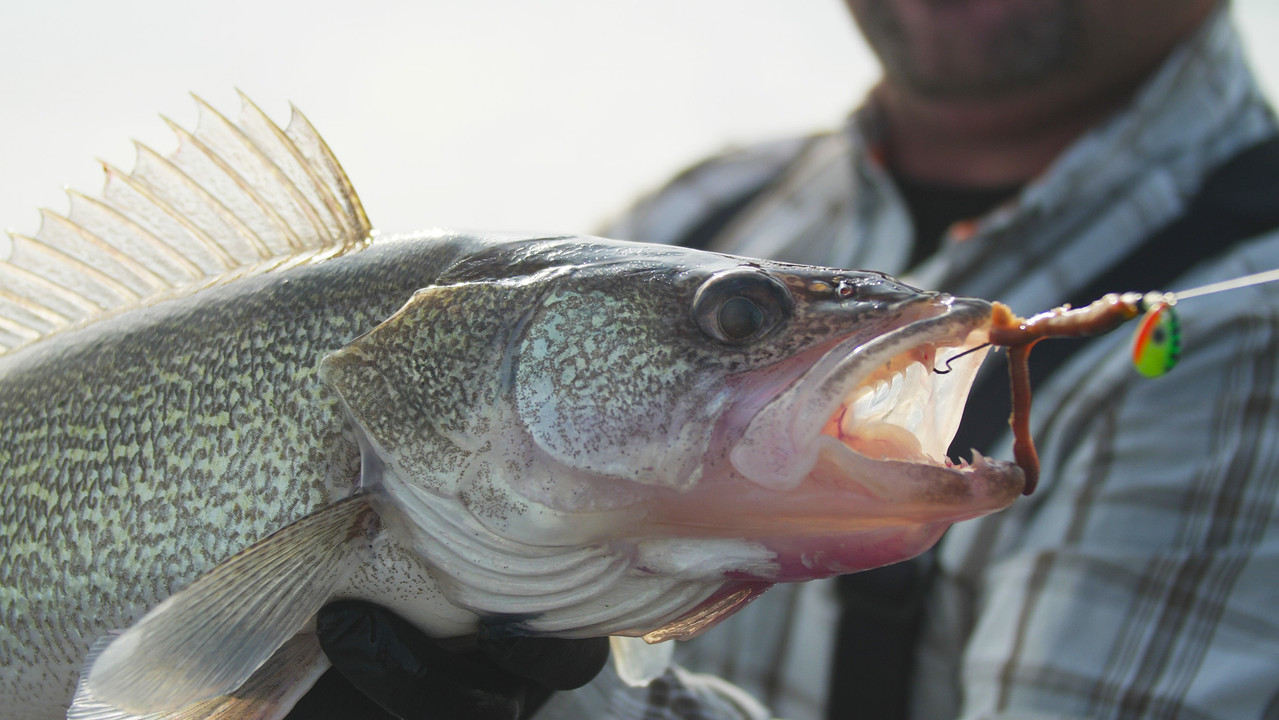Walleye River Fishing
Walleye fishing in rivers is a popular angling activity, particularly in North America where walleye are abundant. Walleye, also known as yellow pike or pickerel, are freshwater fish known for their excellent taste and challenging fishing characteristics. They inhabit a variety of water bodies, including rivers, lakes, and reservoirs.
Here are a Few Key Factors for Walleye Fishing in Rivers:
1. Location: Identifying the right river spots is crucial for a successful walleye fishing experience. Look for areas with structures such as deep holes, eddies, submerged rocks, fallen trees, or weed beds. These spots provide cover and ambush points for walleye.
2. Time of year: Understanding the seasonal patterns of walleye can greatly enhance your fishing success. In rivers, walleye migrate upstream or downstream depending on factors like water temperature, spawning season, and food availability.
3. Bait and lures: Walleye have a diverse diet, feeding on minnows, insects, crayfish, and other small fish. Common baits for walleye fishing in rivers include live minnows, nightcrawlers, leeches, and artificial lures such as jigs, crankbaits, and soft plastics. Experimenting with different bait types and colors can help you determine what is most effective on a given day.
4. Techniques: River fishing for walleye can involve various fishing techniques. Some popular methods include jigging, casting and retrieving, trolling, and drift fishing. Jigging with a jig and minnow combination is a common and effective technique for targeting walleye in rivers. Casting and retrieving with crankbaits or soft plastics can also be successful, especially when targeting walleye near structures or along current breaks.
5. Water conditions: Understanding the river's water conditions is important. Factors such as water clarity, current speed, and temperature can influence the walleye's behavior and feeding patterns. For example, walleye may seek out areas with slower currents or eddies to conserve energy while waiting for prey. Adjust your fishing techniques accordingly based on the prevailing conditions.
6. Regulations: Always make sure to familiarize yourself with the fishing regulations and license requirements for the specific river you plan to fish. Fishing regulations can vary between regions and may include bait types, size limits, bag limits, and seasonal restrictions. Adhering to these regulations helps ensure the sustainability of the walleye population and the overall health of the ecosystem.
Remember, walleye fishing in rivers requires patience, persistence, and some trial and error. It's always a good idea to consult with local anglers, fishing guides, or bait shops for specific tips and insights about fishing for walleye in the rivers in your area.
Find All Our Walleye Tackle Here.
EXPLORE POPULAR ARTICLES
-
Crabbing in the Pacific Northwest
Nov 11th 2024Crabbing in the Pacific NorthwestThe Pacific Northwest (PNW) is a region known for its stunning land
-
Salmon Fishing in the Pacific Northwest: A Guide to the Best Angling Experience with Fish-Field
Nov 7th 2024The Pacific Northwest (PNW) is known for its stunning landscapes, rich natural resources, and, of co



